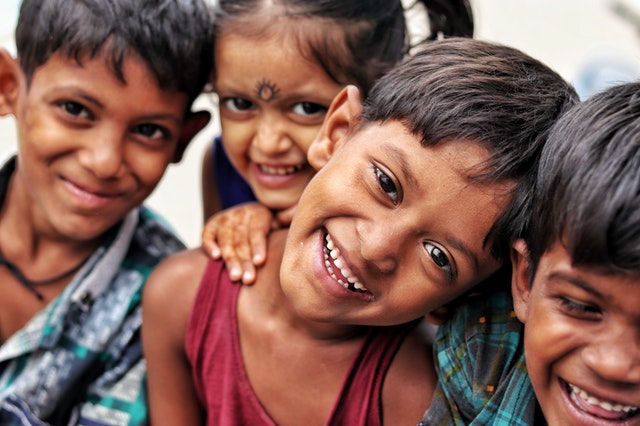As the new academic year is approaching in India along with a surging second wave of the Covid-19 pandemic, the plan to return students to the classroom is considered a herculean task. E-learning is heralded as the future of education. Many even doubt a return to the conventional method of teaching. However, putting this into practice is difficult, especially in the Indian context as the country is still developing economically.
“Due to the pandemic our classes tend to be online. Many students had health issues like eyesight difficulties, back pain and headache. The classes tend to be less interactive. This is indeed affecting the quality of our classes,” says Megha Elsa John, an M. A. Sociology student from India.
Along with this, many students have complained that several educational institutions have not reduced the fees even though they were not using any campus facilities. Many started protesting through social media platforms and the fight is still ongoing.
“ I feel online learning ensures more safety in the current scenario. However, there is an existing case of the digital divide and many students find it stressful due to lack of proper connectivity,” says Sonny Jose, professor of social work in India.
Online learning challenges during the pandemic
The online platform poses a challenge to many students as there are minimal personal interactions. Moreover, this affects their interpersonal skills.
When considering the economic aspect, it is clear that there is a huge divide in the country. A 2020 Oxfam report highlighted that the richest people own 10 percent of total wealth in the country. This means that a large fraction of the population does not have access to online resources. The case is even worse in rural areas of the country. However, ensuring physical presence in the classroom is not easy especially with the meteoric rise in COVID cases. Studies suggest that countries with low existing learning outcomes, high dropout rates, and inadequate infrastructure will have greater impacts on their education sector.
Aside from this, reports state that teachers are also struggling in the pandemic. Many teachers find it difficult to handle the latest technology as well.
The State of underprivileged people in India
The 2014-15 National Sample Survey Organization (NSSO) data suggested that economic factors have a greater role to play in increased student drop-outs. Migrant workers form a major part of the country and due to the pandemic, some have shifted back to their home. In such a situation, technology-driven education will not be possible for them and many students will fall behind on their studies.
Furthermore, gender bias needs to be considered, especially in this context as many girls in vulnerable households have to engage in domestic activities and their education will not be prioritised. Also, in many poor households, there may only one smartphone available, which might not be free to use for online learning.
Both the government and private sector should work hand-in-hand to come out of this digital divide so the prime focus should be on ensuring equal and adequate access to different platforms for all.
Some organisations are working toward similar goals. Non-profit organisations like Teach For India aim at reducing this educational gap by providing better facilities for all. They try to blend classroom as well as remote learning to help children belonging to poor economic conditions. For this, they are taking help from technical experts like Microsoft India.
Check out the video below to know more about the issue:








